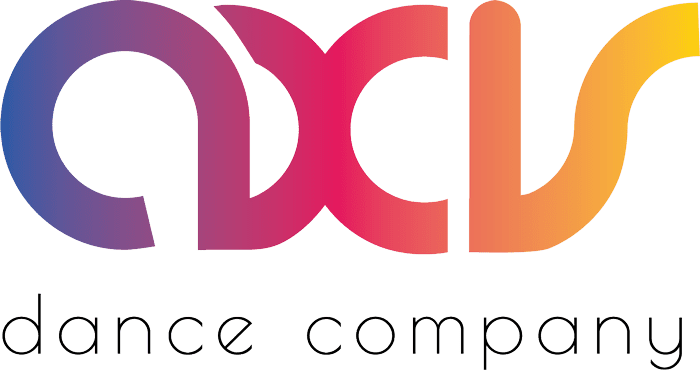Deaf artists and audiences are often late to be informed about key information because of the language barrier between English and ASL. Good access design recognizes that sign language forms the cultural and linguistic communities of capital-D Deaf spaces. This means that Deaf access cannot be developed in hypothetical terms – it must be connected and ideally led by the stewards of Deaf communities and the access workers like interpreters.

Spring Awakening by Deaf West Theatre (left to right): Treshelle Edmond, Ali Stroker, Amelia Hensley, Lauren Luiz, Kathryn Gallagher, Krysta Rodrigues and Alexandra Winter. Photograph: Joan Marcus/Supplied
Audism, or the forms of exclusion that limit the experience and participation of those who do not hear, runs deep. Hearing dominance is often built into the status quo of many processes in arts and culture institutions. It is crucial, then, to build the foundation for relationships of trust and safety with Deaf artists. It is important, too, to recognize that deafness is not one thing: DeafBlind artists and those who are late-deafened or Hard of Hearing have different access needs that sometimes differ from conventional Deaf access.
Questions
- How have you investigated the dominance of hearing in your institution?
- Do you know what Deaf artists need to trust your work?
- Have you explored the artistic innovations of Deaf artistry?
- Do you have Deaf access designs for the different kinds of Deaf people who work in- and visit your venue?
- Do you know what Certified Deaf Interpreters do and how they work?
- Do you know the ethics of working with interpreters?
- Have you built interpreters’ fees into your budgets?
